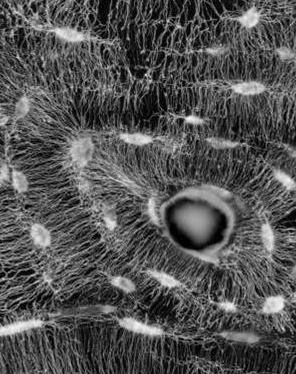Citation:
Abstract:
(P) atient-specific finite element (FE) modelling is a promising technology that is expected to support clinical assessment of the spine in the near future. To allow rapid, robust and economic patient-specific modelling of the whole spine or of large spine segments, it is practicable to consider vertebral cancellous bone in the spine as a continuum material, but the elastic modulus of that continuum material must reflect the quality of the individual vertebral bone. A numerical parametric model of lattice trabecular architecture has been developed for determining the apparent elastic modulus of cancellous bone E-cb in vertebrae. The model inputs were apparent morphological parameters (trabecular thickness Tb-Th and trabecular separation Tb-Sp) and the bone mineral density (BMD), which can all be measured in vivo, using the spatial resolution of current clinical quantitative computed tomography (QCT) commercial whole-body scanners. The model predicted that Ecb values between 30 and 110 MPa represent normal morphology and BMD of human spinal cancellous bone. The present Ecb to Tb-Th, Tb-Sp and BMD relationships pave the way for automatic generation of patient-specific continuum FE spine models that consider the individual's osteoporotic or other degenerative condition of cancellous bone.

